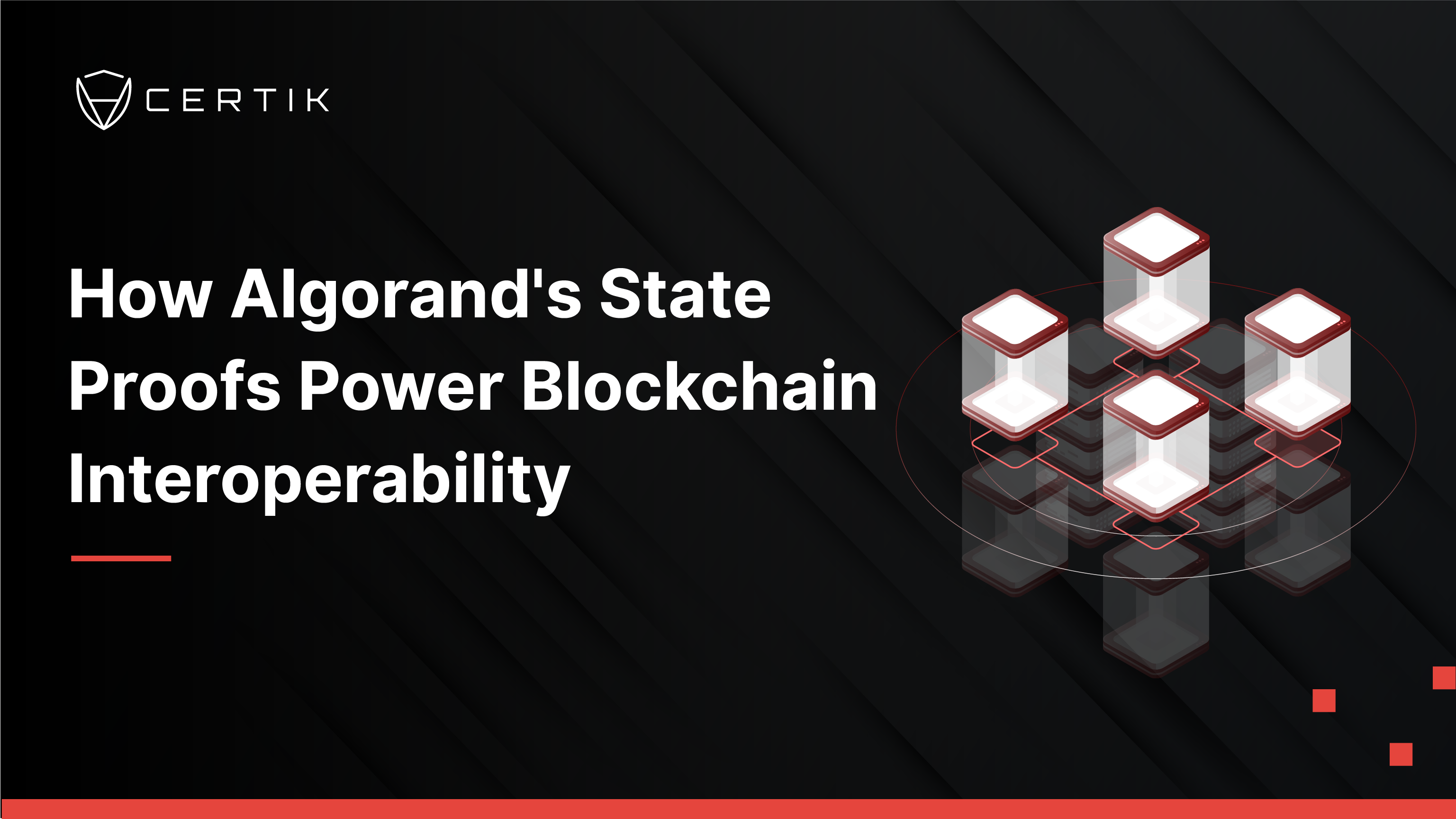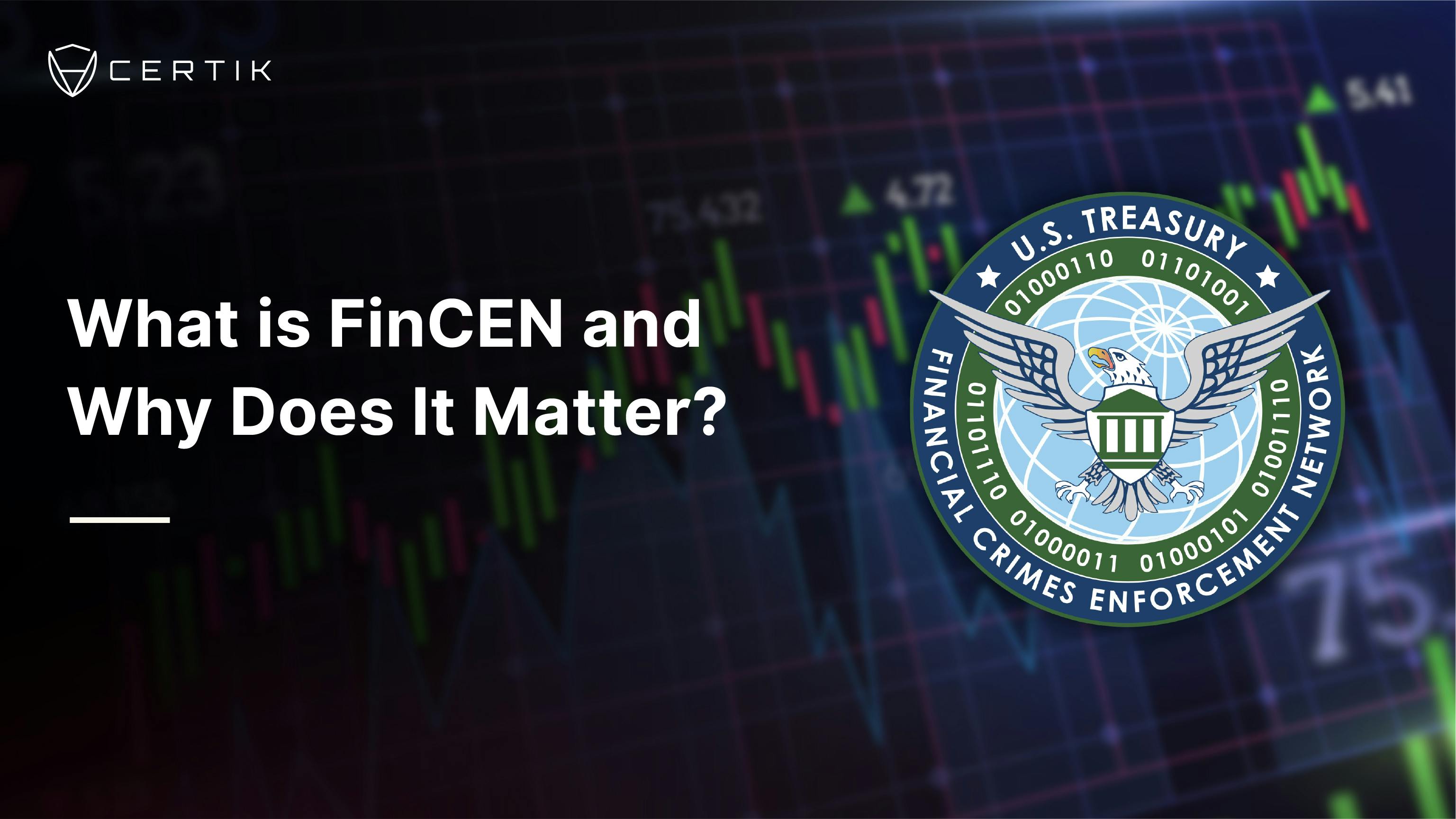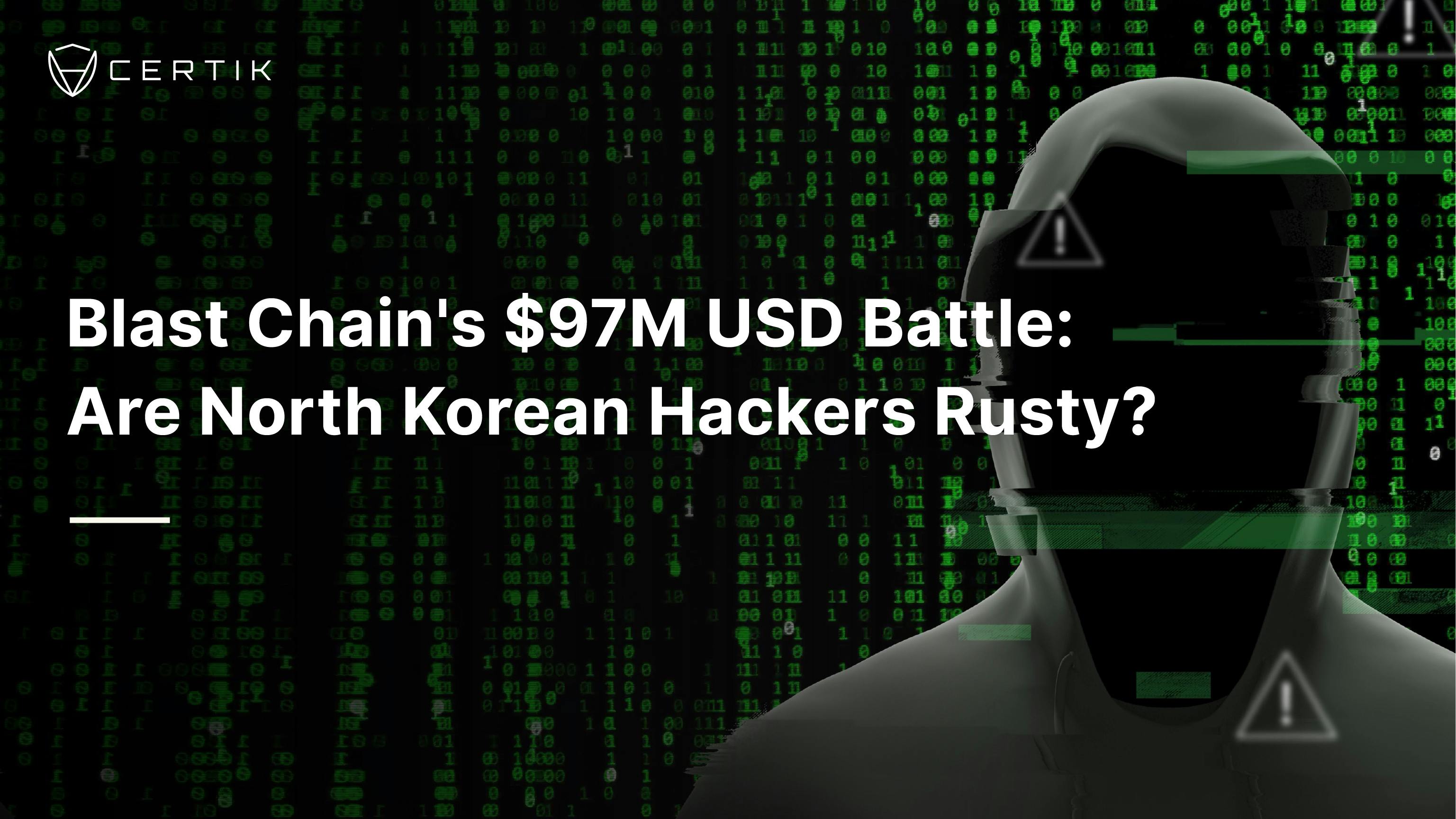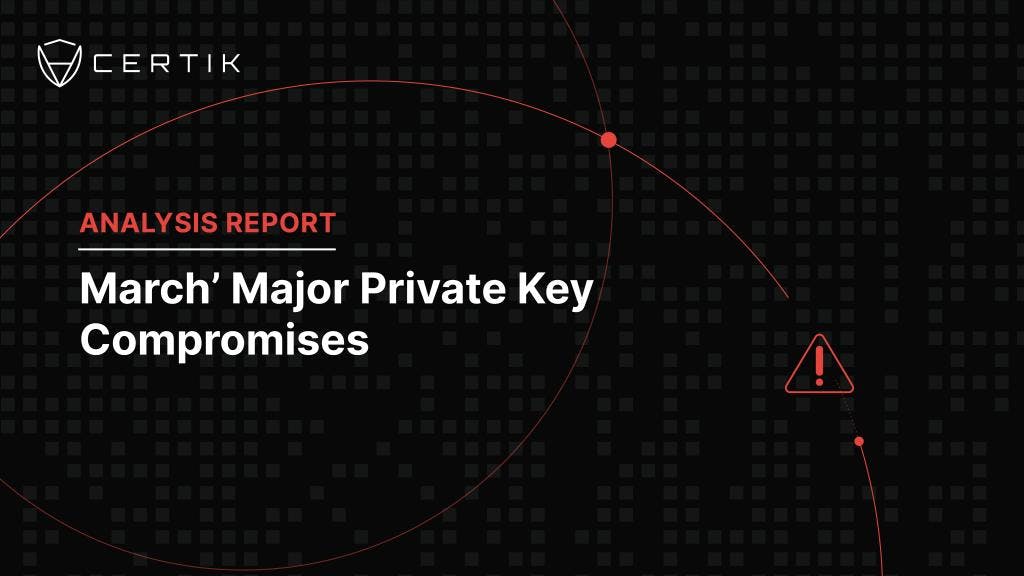
Algorand’s recent implementation of State Proofs marks a major step forward for web3 interoperability. With the increasingly mature web3 ecosystem seeing users move between different blockchains more frequently, finding simple and secure solutions to interoperability is a major challenge for the sector.
This blog looks at what interoperability is, some of the solutions that are already available, and how Algorand’s State Proofs offer a major improvement on prior art. It will then underscore the importance of securing the growing Algorand ecosystem with Algorand smart-contract audits, and other web3 security tools developed by CertiK.
What is Interoperability?
One model for imagining the current blockchain landscape is by picturing a collection of islands in an ocean, each with its own ecosystem, rules, and currency. Using this as a picture, interoperability refers to the ability of each island's population to travel and trade with their neighboring islands.
Naturally, this is a highly desirable functionality for the web3 ecosystem. With most web3 users not isolating themselves to a single chain, being able to smoothly cross over from one chain to another drastically increases convenience, efficiency and cost.
Cross-Chain Bridges
One popular yet controversial solution to the problem of interoperability has come in the form of cross-chain bridges: technologies that serve as trusted intermediaries for funds and that allow users to essentially convert a chain’s token so that it can be used on another chain.
Since their launch, these cross-chain bridges have become extremely popular, with hundreds of millions of dollars locked on single chains alone. However, this popularity has been matched only by their vulnerability, with some of the biggest crypto hacks in history having targeted them.
For example, the Ronin bridge, a critical bridge chain that powers Axie Infinity, was attacked in March of 2022, with hackers making away with $600M in funds. This hack serves as a useful case study for a key problem in cross-chain bridges: centralization.
The amount of funds entrusted to bridges has inadvertently made them a new and enormous point of centralization that hackers have rushed in to attempt to exploit.
So, in the case of the Ronin hack, an attacker was able to drain the protocol of funds after gaining access to keys that grant privileged access. Whilst this vulnerability could have been avoided with proper privileged access management, the fact remains that so long as cross-chain bridges constitute a point of centralization within the web3 ecosystem, they are a major vulnerability and a clear point of entry for hackers.
The fragility of cross-chain bridges famously led to Vitalik Buterin’s prediction that the future of web3 will be ‘multi-chain but not cross-chain’, as he believed their fundamental vulnerability prevents its from becoming a permanent infrastructure.
Yet of course, the need for the interoperability that cross-chain bridges facilitate is not likely to go away, and as such, there is a clear demand for an alternative, secure technology that facilitates this.
Algorand State Proofs
Enter State Proofs, the latest update to Algorand’s technology which it says provides a decentralized solution to interoperability. Algorand state proofs work by providing a lightweight, snapshot of Algorand’s state that is both easy to communicate and impossible to fake. In practice, this means that Algorand transactions and balances are made accessible to low-power environments such as a phone, smartwatch, and even inside a blockchain smart contract– all without compromising on security.
Applications like oracles, bridges, and wallets can then query these clients to cryptographically verify Algorand's state in a simple, trustless manner.
To explain how this works, Algorand gives a hypothetical example in which Alice wants to send Bob 10 AliceCoins from Algorand to Ethereum.
AliceCoins are extremely valuable, so they want to make sure the tokens arrive quickly, safely, and without permission from or trust in an intermediary. Alice can send these tokens directly to Bob’s Ethereum wallet via a trustless bridge whose code-base is open to the public.
At the level of the underlying technology, this process is facilitated by allowing Alice to lock her tokens in the trustless bridge’s Algorand smart-contract. This means that she is unable to create duplicate tokens.
The bridge’s Ethereum smart contract would simply ask the Algorand light client (kept up-to-date by State Proofs) if Alice locked the tokens. Once verified, the bridge would mint and release an equivalent amount on Ethereum to Bob’s chosen wallet.
Algorand updated its network to implement State Proofs on the 7th of September 2022. Speaking on the release, Algorands founder Silvio Micali said that "Interoperability between blockchains is the future, and Algorand State Proofs are a critical security feature for communication between networks.”
He then went on to outline some of the groundbreaking functionality that State Proofs enable, and their role in addressing some of the challenges that web3 is likely to face in the future, from decentralized bridges to security from quantum attacks. This constitutes a major leap forward in the mission of securing the web3 ecosystem, and ensuring mainstream adoption.
Securing Innovation with Algorand Smart-Contract Audits
The interoperability made possible by new technologies such as State Proofs requires a security partner that is able to adapt to and secure the new frontiers created by expansion. That’s why CertiK’s Algorand smart-contract audit is increasingly the first choice for developers launching their Algorand project.
Having secured many of the most exciting projects in the Algorand ecosystem, CertiK has been able to hone its Algorand smart-contract audit and tailored it to the specific capacities, needs, and vulnerabilities that its novel architecture entails.
As more and more developers move to Algorand to capitalize on the interoperability it enables, the challenge of any Algorand smart-contract audit is to understand how each application intersects with others in the ecosystem, and how its specific parameters require specific solutions. CertiK’s Algorand smart-contract audit addresses this through its use of cutting-edge in AI technology, in conjunction with leading computer science experts, to rigorously vet every line of code. Rather than offer a "one size fits all" approach to an Algorand smart-contract audit, Certik evaluates each project in line with its unique function specification and takes into account the nuances and details of each project.
Working alongside our Algorand smart-contract audit, CertiK has also developed a growing range of state-of-the-art security tools and practices designed to help your project achieve its full potential. From game-changing blockchain analytics tools such as Skynet and SkyTrace which give project teams unparalleled insight into their on-chain activity, to our CertiK KYC verification for project teams, which helps build relationships of trust and accountability between a project and its community. We have also recently introduced a Bug Bounty service which enlists white-hat hackers to continue to seek out novel attack vectors. Whilst an Algorand smart-contract audit serves as the foundation for this security, it works in tandem with the other products to create the best security posture available.



